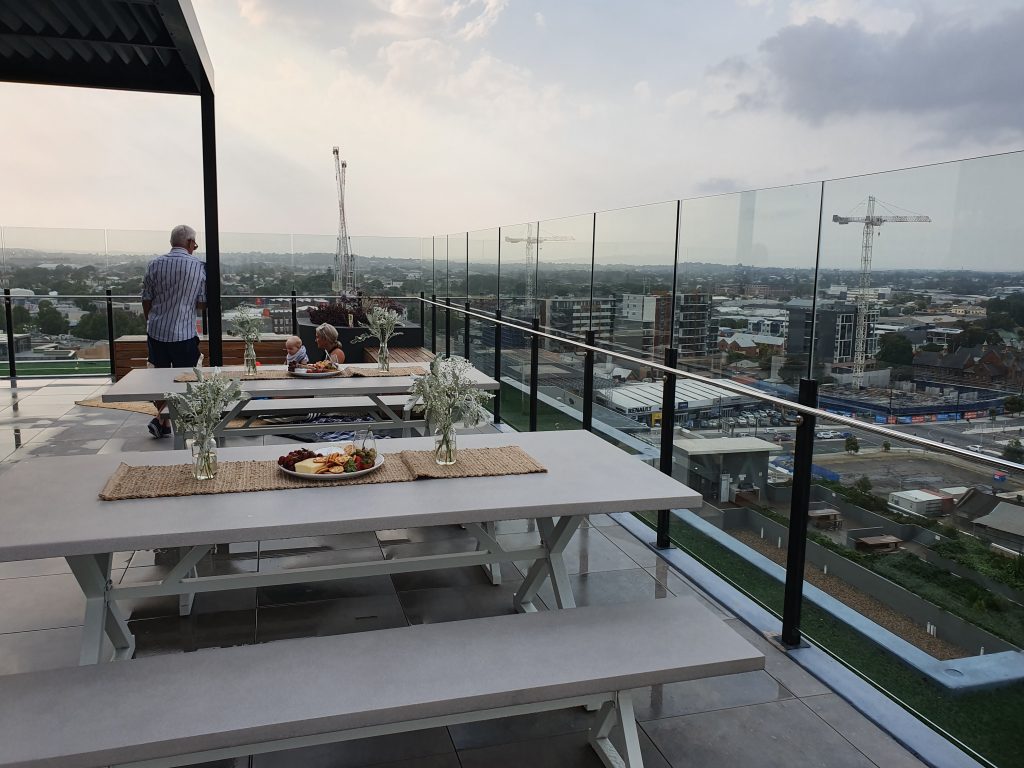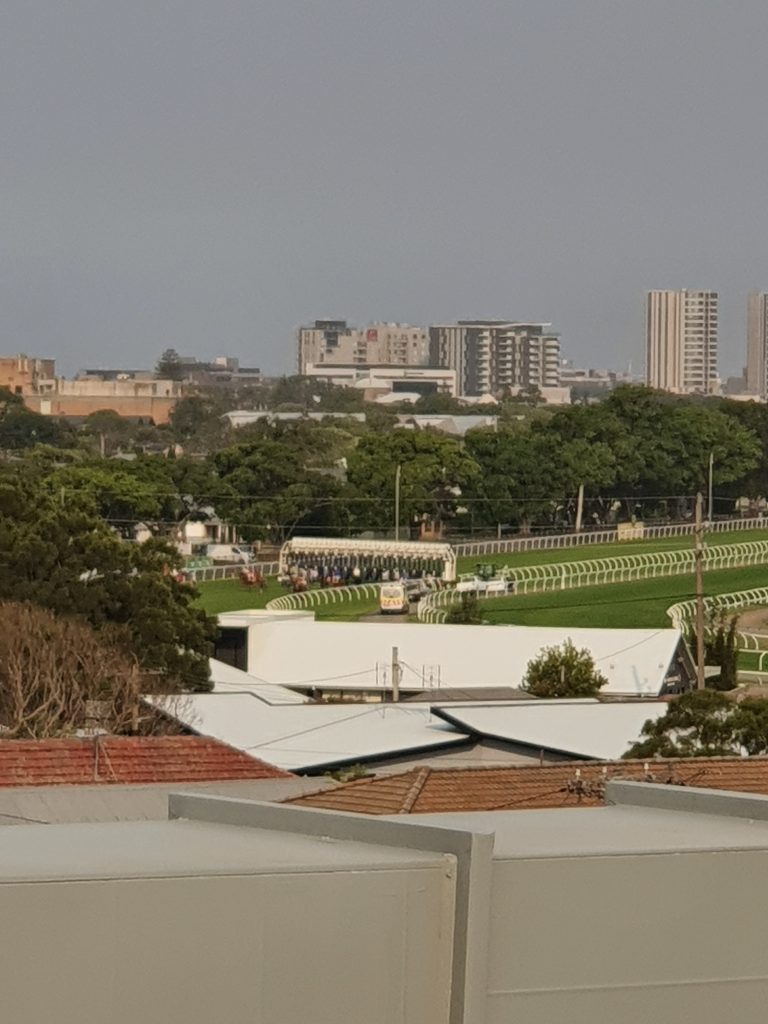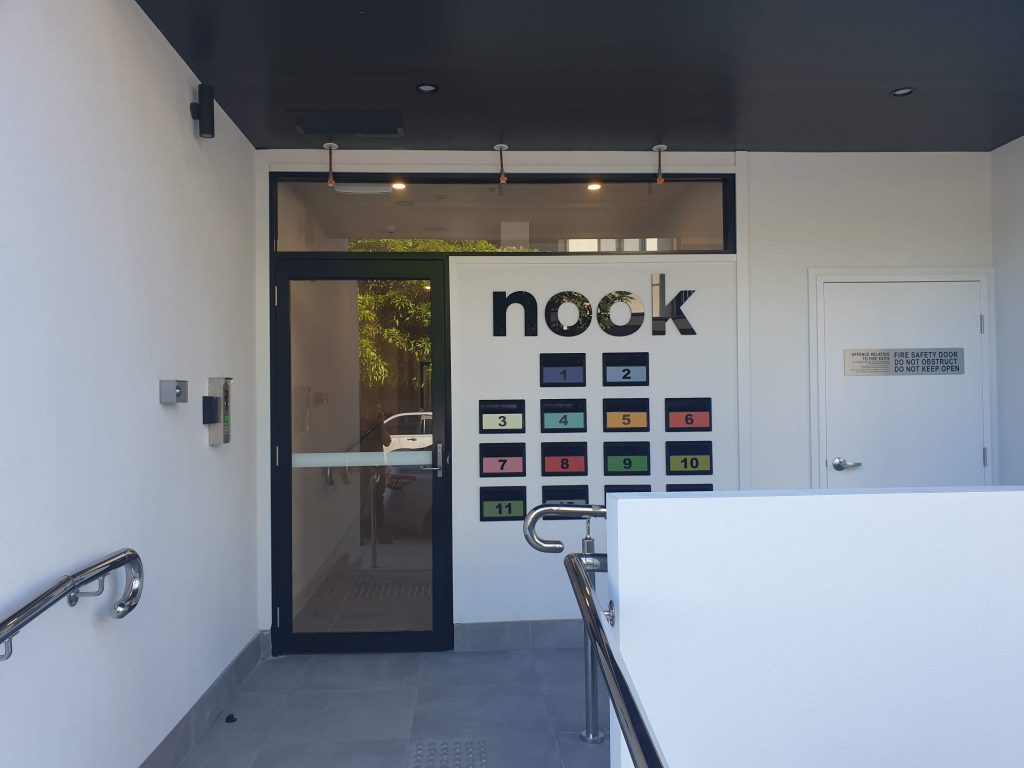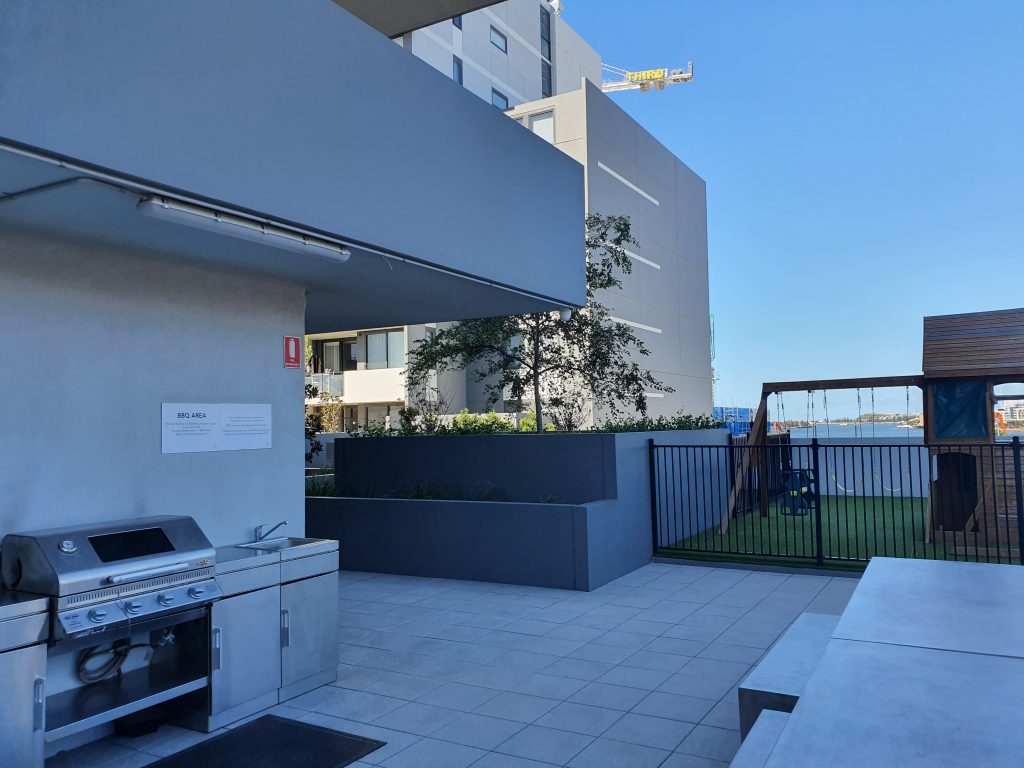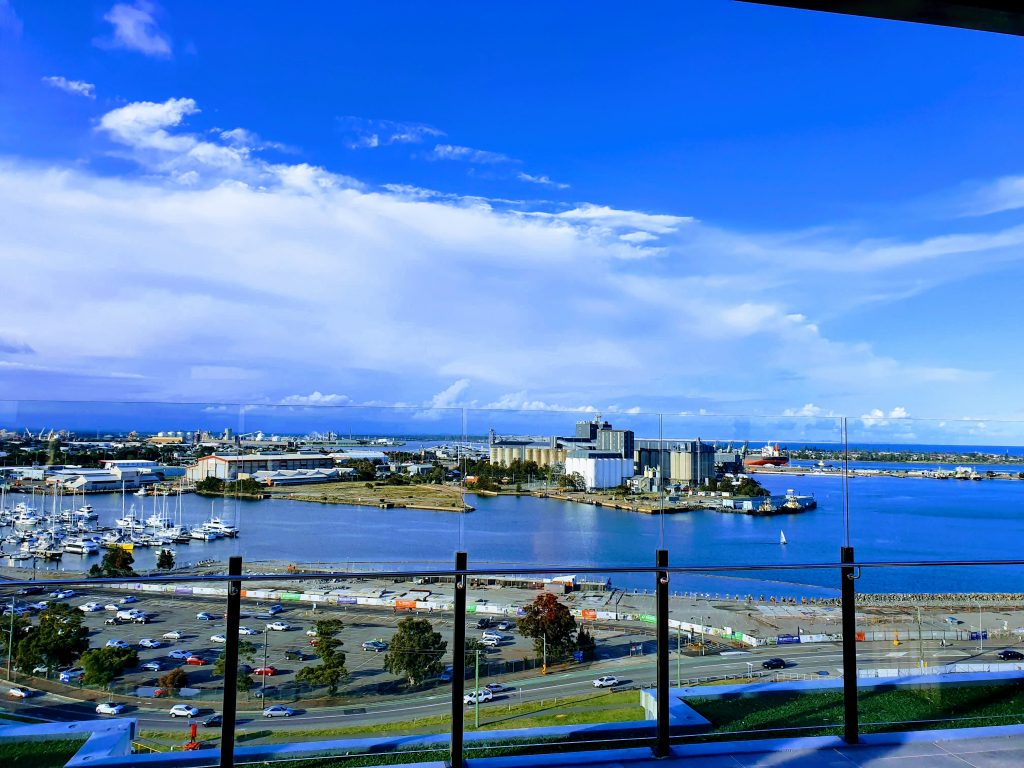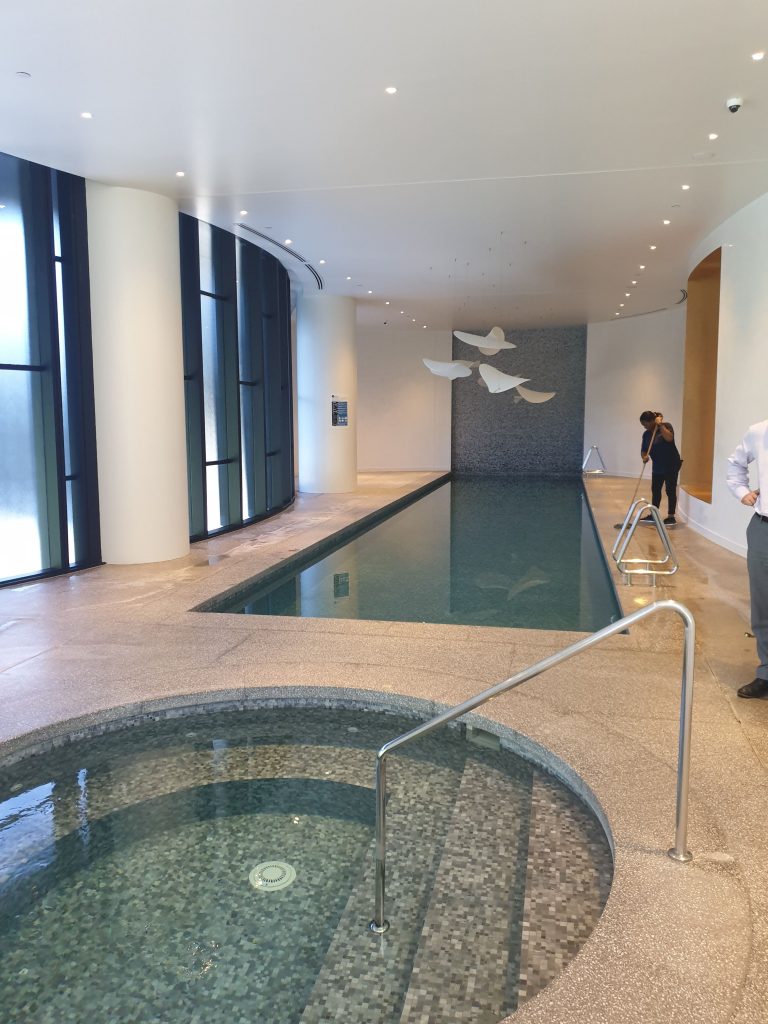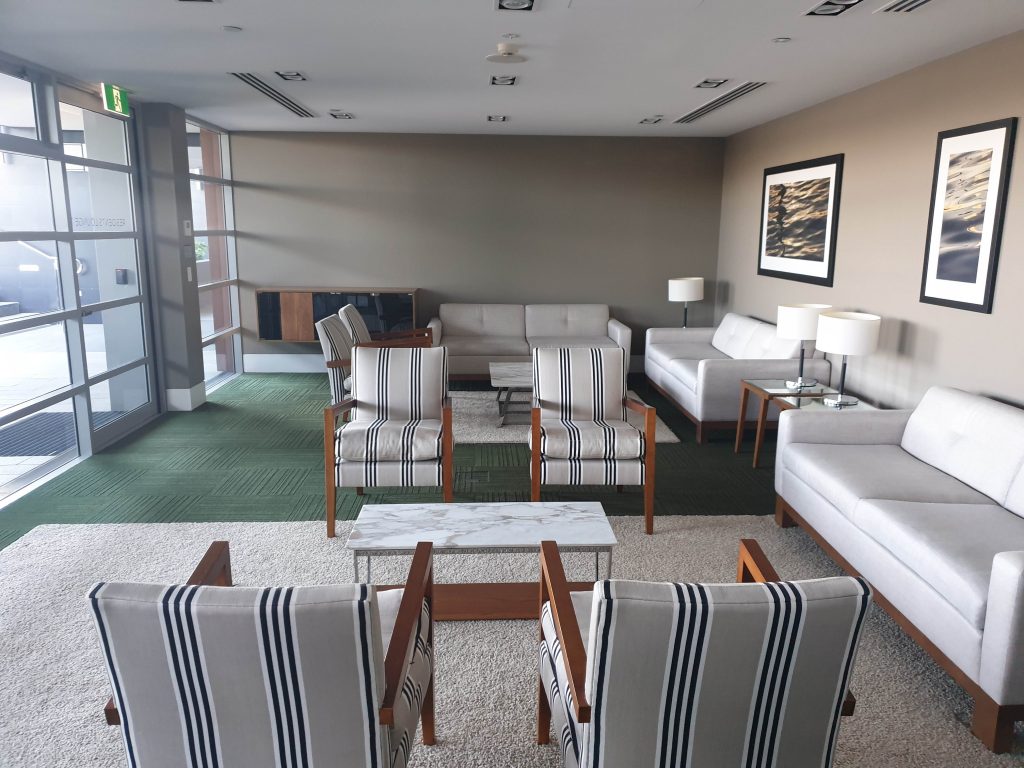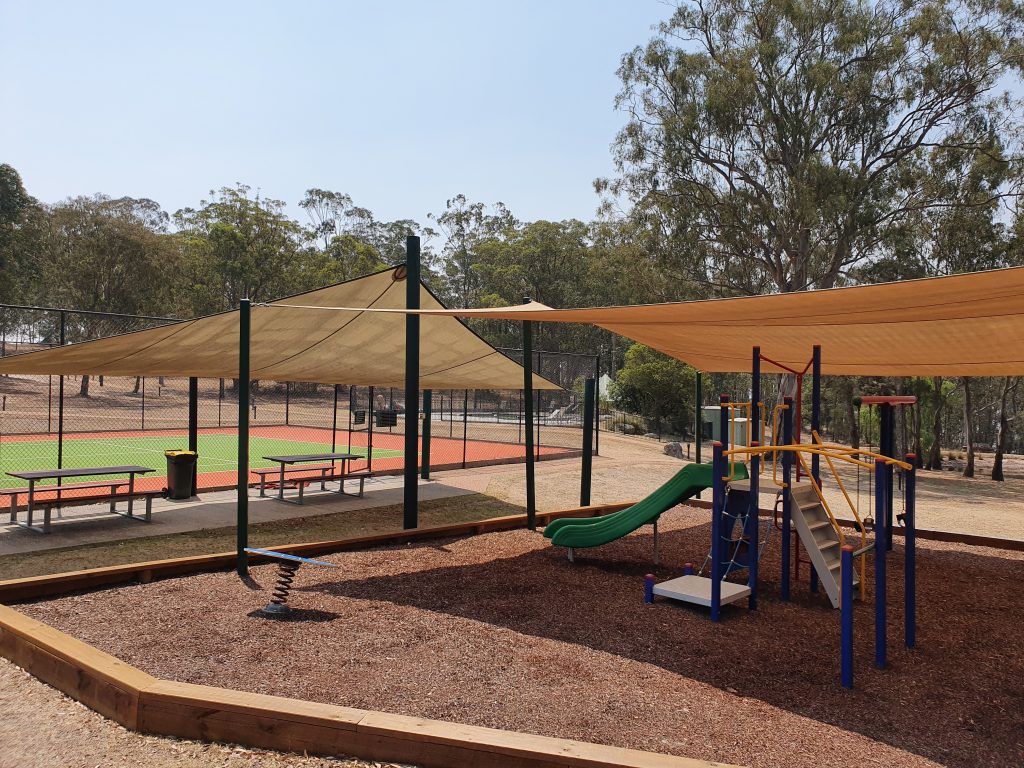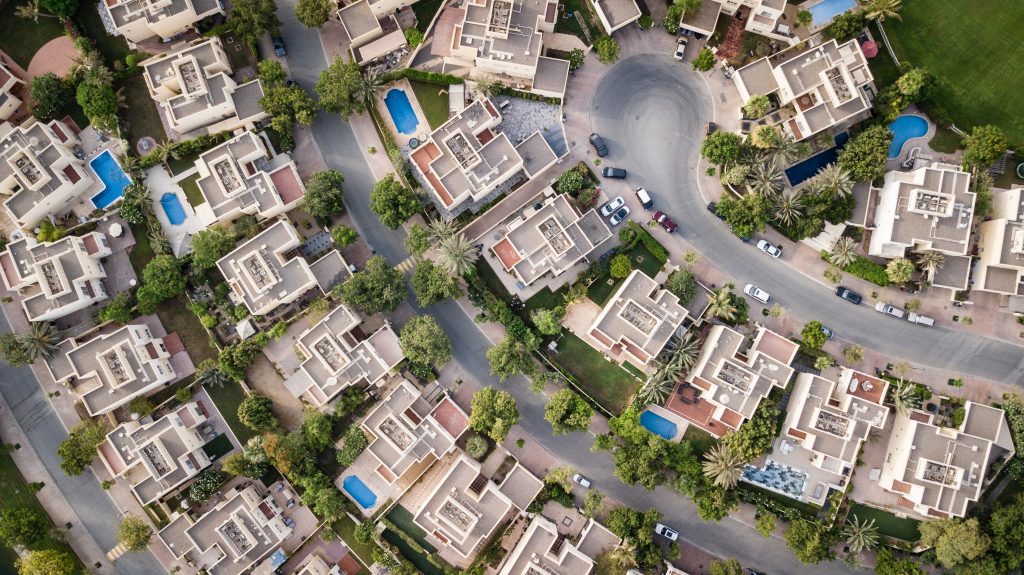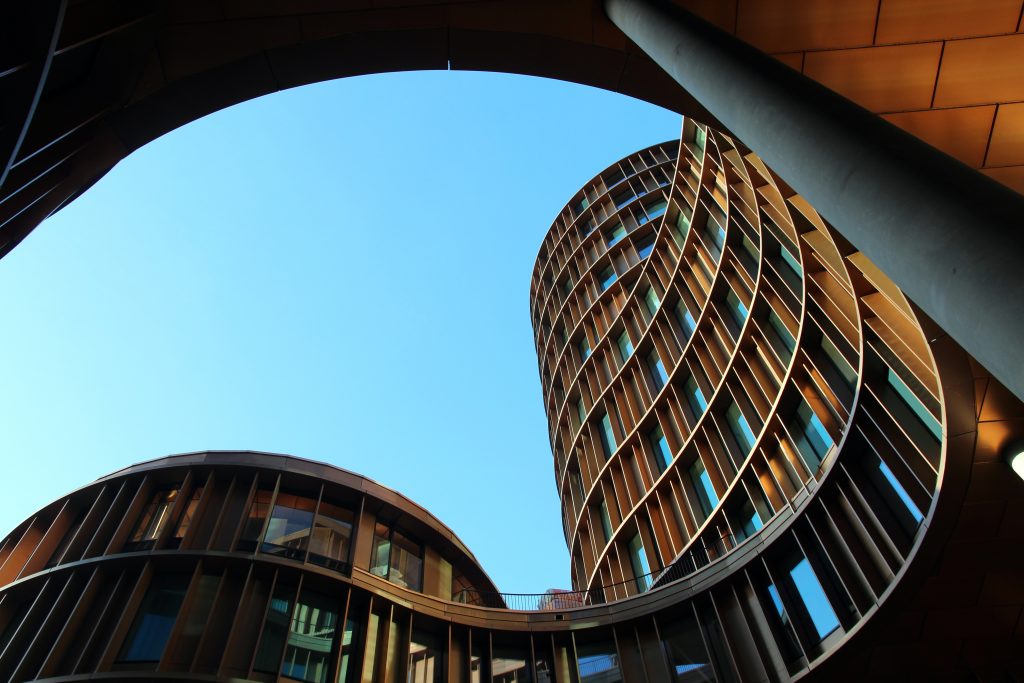This guide has been prepared by Bright & Duggan to assist owners and occupiers, it is not advice, and should you have specific queries, these may be issued to your broker or insurer for their response.

‘SSMA’ – Strata Schemes Management Act 2015 and its successors
- Owners corporation is responsible for insuring the ‘building’ under a damage policy (S160 SSMA), which is the structure and includes owners fixtures within the lot (e.g. kitchens, bathrooms, flooring, etc). S161 of the SSMA deals with the further specific requirements for strata policies.
- The owners corporation should routinely have the building valued for insurance purposes to ensure that the building sum insured is appropriate.
- The owners corporation is typically responsible for any deductible/excess payment, however there is situations where a claim arises to only lot property (e.g. kitchen cabinetry) at the fault of the occupant (e.g. conducting renovations) and the owners corporation may look to recover the excess from the responsible party (per OFT advice). The by-laws for a scheme may also give rise to responsible parties paying excess in the event of certain claims (e.g., flexible hoses).
- Where a broker is involved for the owners corporation they will generally lodge and manage the claim with the insurer and also advocate for the owners corporation,
- All owners are benefitted under an insurance policy and have a right to lodge claims directly with the insurer, however claims will generally be managed by the strata manager, with the broker.
- Owners should expect claims to be handled promptly, however in the event of large or complex claims, there is often time involved for quoting and assessment as these become large projects. There is cover within the building policy for loss of rent/alternate accommodation if a property is uninhabitable.
- Insurance claims should be avoided wherever possible – claims will generally increase the cost of a policy and types of a particular claim (e.g., water damage) may increase deductible amounts under the policy. Insurers may also go off risk if policies exceed loss ratios. Just because a potential claim is notified does not require the owners corporation to proceed with a claim – it may choose to withdraw a claim (as it does not want to lodge a claim or repairs don’t meet excess).
- Insurers do not cover defective works (e.g., balcony waterproof membrane), it will however generally respond to resultant damage arising from defective works.
- We find it increasingly difficult to place cover for buildings with defects or extensive claim history and/or complexities (multi member BMC with high sum insured).
Event
Event Occurs (refer Product Disclosure Statement of particular policy – from the CHU residential policy, defined as:
means any partial or total accidental physical loss of, or destruction of property from any sudden and accidental cause not otherwise excluded by this Policy.
Common claims:
- Water damage
- Accidental
- Impact damage
- Malicious damage
- Fire damage
- Storm damage
Claims may be denied if they are not appropriately notified.
Notification
As soon as becoming reasonably aware of a claim, the owner/occupant/building manager/strata manager should inform the insurer (directly or via the broker).
The owners corporation should mitigate further loss (e.g. arranging dryers in the event that water has flooded flooring/slab).
Claim Assessment
Depending on the nature and scale of an insurance claim, the insurer may require:
- Involvement of an internal or independent insurance assessor.
- Multiple quotes for repairs
- Involvement of a panel builder/trade
Claim Completion
An insurance claim is finalised once funds are repaid for repairs or repairs are carried out directly at the cost of the insurer. In the event that a claim is denied, insurers have internal appeal panels and the Australian Financial Complaints Authority (AFCA) can assist.
Owners’ obligations
- Check for risk
- Inspect flexible hoses
- Turn off water to property if away for extended period
- Do not leave cooking appliances on if away from property
- Notify early
- Advise the insurer/broker/strata manager as soon as practically possible in the event of a possible claim
- Access/evidence
- Ensure to provide access to the property if required as part of any claim
- Keep maintenance records on file (owners corporation or owner if lot property)
- Always provide up to date contact details to the owners corporation


